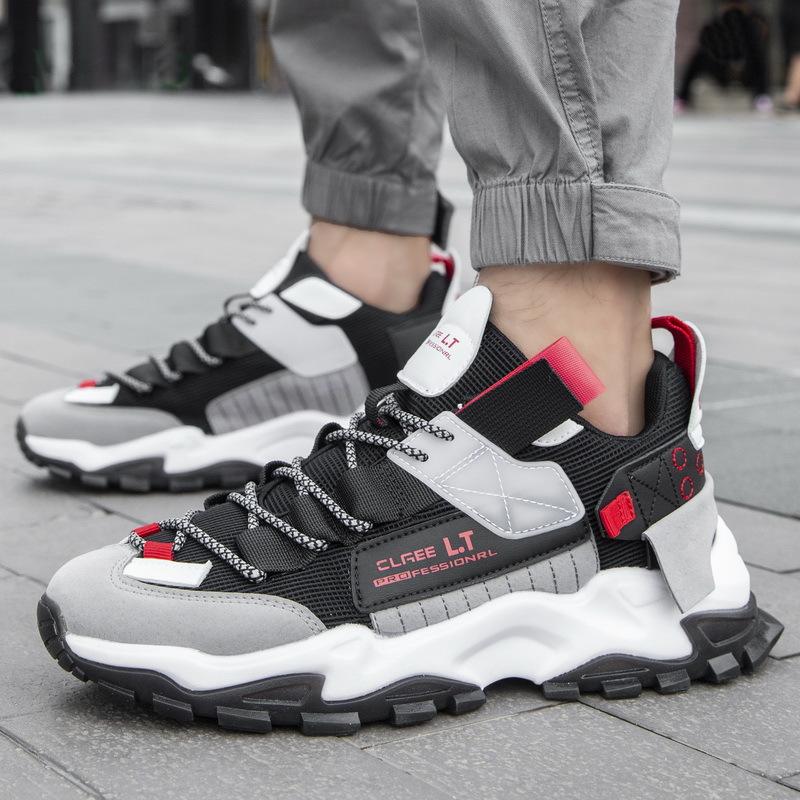
Men’s casual shoes have come a long way over the years. From humble beginnings as simple leather slip-ons to the diverse array of options available today, the history of men’s casual shoes is a fascinating one.
Before the 18th century, most shoes were handmade by local cobblers. They were often simple, functional designs made from leather and constructed using traditional techniques. Men’s shoes were typically black or brown and were designed to provide durability and protection for the feet. However, as the industrial revolution began to take hold, new materials and manufacturing techniques emerged that would transform the world of footwear forever.
One of the most significant developments during this time period was the invention of the sewing machine. With this new technology, footwear manufacturers could produce shoes much more quickly and efficiently than ever before. This led to the mass production of shoes and a wider variety of styles and designs.
During the 19th century, men’s casual shoes began to take on a more distinct appearance. The classic loafer, for instance, emerged during this time period. Originally designed as a slip-on shoe for men to wear around the house, the loafer quickly became a popular choice for casual wear. Made from soft, lightweight materials like suede or leather, the loafer was comfortable and easy to wear, making it a favorite among men of all ages.
Another popular style of men’s casual shoe during the 19th century was the moccasin. Originally worn by Native Americans, the moccasin was a soft, pliable shoe that was designed to provide warmth and protection for the feet. Made from soft leather and featuring a simple slip-on design, the moccasin was a popular choice for casual wear throughout the 1800s and into the 20th century.
By the turn of the 20th century, men’s casual shoes had become more diverse and complex. The rise of sports and leisure activities led to the development of specialized shoes designed for specific activities. For instance, the tennis shoe was designed specifically for use on the court, while the boat shoe was designed for use on the water.
The first sneakers, or athletic shoes, were also introduced during this time period. Originally designed for use in sports like basketball and track and field, sneakers quickly became popular among men of all ages for casual wear. Made with rubber soles and canvas uppers, sneakers were comfortable and durable, making them a popular choice for everyday wear.
In the 1920s, men’s fashion began to change, and this had a significant impact on the design of casual shoes. As men began to dress more formally, shoes evolved to become more elegant and refined. The Oxford shoe, for instance, emerged as a popular choice for both casual and formal wear. Made from high-quality leather and featuring a closed lacing system, the Oxford was a comfortable yet stylish choice for men who wanted to look their best.
During the 1930s and 1940s, men’s casual shoes continued to evolve. Originally designed for use by British soldiers in North Africa during World War II, the desert boot was a simple yet durable shoe that was ideal for use in hot, sandy environments. Made from suede and featuring a simple lace-up design, the desert boot quickly became a popular choice for casual wear.
In the 1950s and 1960s, men’s casual shoes became more colorful and bold. The introduction of new materials like nylon and synthetic fabrics led to the development of shoes in a variety of bright, eye-catching colors. The slip-on shoe, or loafer, also underwent a transformation during this time period. The introduction of the penny loafer, featuring a small slot in the front for holding a penny, became a popular choice for men of all ages.
During the 1970s and 1980s, men’s casual shoes became more diverse and specialized. The introduction of running shoes, for example, led to the development of high-performance athletic shoes designed for a variety of sports and activities. The introduction of skateboarding also led to the development of specialized skateboard shoes, featuring durable construction and extra grip for use on a skateboard.
Today, men’s casual shoes continue to evolve and adapt to changing fashion trends and technological advancements. From classic styles like the loafer and Oxford to more specialized shoes like running shoes and skate shoes, there is a wide variety of options available for men of all ages and interests.
In conclusion, the history of men’s casual shoes is a long and fascinating one. From humble beginnings as simple leather slip-ons to the diverse array of options available today, men’s casual shoes have undergone significant changes over the years.

